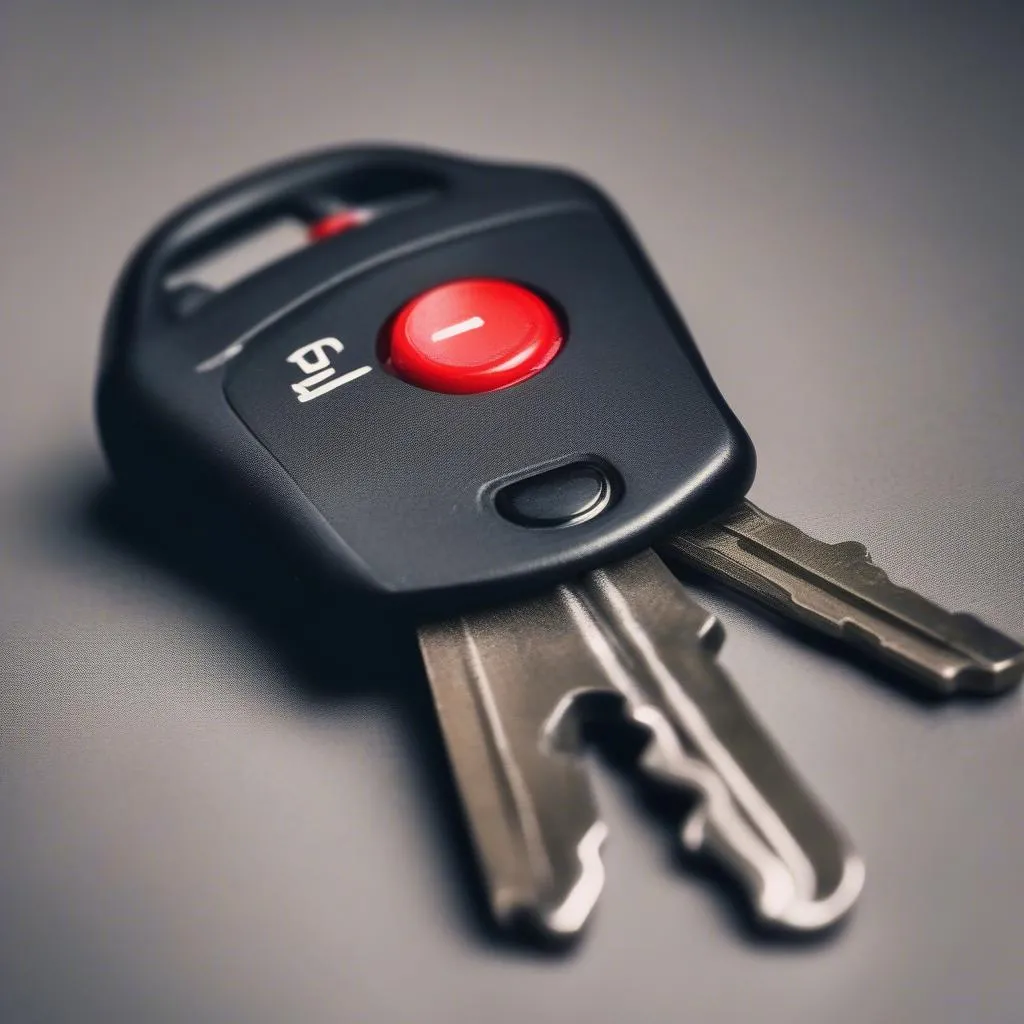Getting a new battery and still having your car die is incredibly frustrating. You expect a fresh start, but instead, you’re stuck with the same problem. This article will delve into the reasons why your car might keep dying even after a new battery installation, offering solutions and diagnostic tips. We’ll explore everything from parasitic drains to faulty alternators, empowering you to troubleshoot and fix the issue. how to reprogram my car radio bluetooth
Common Culprits When Your Car Won’t Start After a New Battery
Several issues can cause a new car battery to drain quickly. Ignoring these can lead to more significant problems down the road, leaving you stranded and potentially damaging other components.
- Parasitic Drain: This is one of the most common reasons a new battery dies. A parasitic drain occurs when an electrical component continues to draw power even when the car is off. This can be anything from a faulty interior light to a malfunctioning radio.
- Bad Alternator: The alternator is responsible for charging the battery while the engine runs. A failing alternator won’t charge the battery properly, leading to a dead battery, even if it’s new.
- Faulty Starter: While less common, a bad starter can draw excessive power, draining the battery. A clicking sound when you turn the key is a telltale sign of a failing starter.
- Corroded Battery Terminals: Corroded terminals can prevent the battery from properly connecting to the car’s electrical system, hindering charging and causing starting issues.
Why Does My Car Battery Keep Dying After Replacement?
If you’ve replaced your battery and the problem persists, it’s crucial to diagnose the underlying cause. Simply swapping out batteries is treating the symptom, not the disease.
How to Test for a Parasitic Drain
Testing for a parasitic drain requires a multimeter. With the car off and all accessories turned off, disconnect the negative battery cable and connect the multimeter in series between the negative cable and the negative battery terminal. A reading higher than 50 milliamps typically indicates a parasitic drain. car battery died overnight cold
Checking Your Alternator
A simple test for your alternator involves using a multimeter to check the voltage across the battery terminals while the engine is running. A healthy alternator should provide a voltage between 13.5 and 14.5 volts. Lower readings suggest a failing alternator.
What if I Installed the Battery Incorrectly?
While less common, installing the battery incorrectly can cause problems. Double-check that the positive and negative terminals are connected correctly. Reversing the polarity can damage the car’s electrical system.
“A common mistake is not tightening the battery terminals properly. This can lead to intermittent starting issues and even a dead battery,” explains automotive electrical expert, David Miller, ASE Certified Master Technician.
Troubleshooting Your Car’s Electrical System
Troubleshooting your car’s electrical system can be a complex process, but with a systematic approach, you can often pinpoint the problem.
- Visual Inspection: Start by inspecting the battery terminals for corrosion. Clean them with a wire brush and baking soda solution if necessary.
- Battery Test: Have your battery tested at an auto parts store to ensure it’s holding a charge.
- Alternator Test: If the battery tests good, have the alternator tested.
- Parasitic Drain Test: Perform a parasitic drain test as described above.
- Seek Professional Help: If you’re unable to identify the issue, consult a qualified automotive electrician. how to set mazda 6 anti-theft system
“Don’t underestimate the importance of regular maintenance. Keeping your battery terminals clean and having your charging system checked periodically can prevent many electrical problems,” advises Sarah Johnson, an electrical engineer specializing in automotive systems.
Conclusion: Addressing Your Dead Battery Woes
Dealing with a car that keeps dying, even with a new battery, can be a real headache. By understanding the potential causes, such as parasitic drains and faulty alternators, and following the troubleshooting steps outlined above, you can identify and fix the issue, getting back on the road with confidence. how to remove anti theft from dress Don’t hesitate to seek professional help if needed, especially if the problem persists after trying these steps.
FAQ
- Can a bad alternator drain a new battery? Yes, a faulty alternator will not charge the battery properly, leading to a drained battery even if it’s new.
- How do I know if I have a parasitic drain? A parasitic drain test using a multimeter can identify if there’s an excessive current draw when the car is off.
- Could a bad starter cause my car battery to die? A faulty starter can draw excessive current, draining the battery over time.
- What is the normal voltage reading for a car alternator? A healthy alternator should read between 13.5 and 14.5 volts while the engine is running.
- What should I do if I’ve tried everything and my car still won’t start? Consult a qualified automotive electrician for further diagnosis and repair.
- How often should I check my battery terminals? It’s a good practice to inspect and clean your battery terminals every few months, especially in harsh climates.
- Can installing a new battery incorrectly cause problems? Yes, incorrectly installing a battery, especially reversing the polarity, can damage the car’s electrical system.

